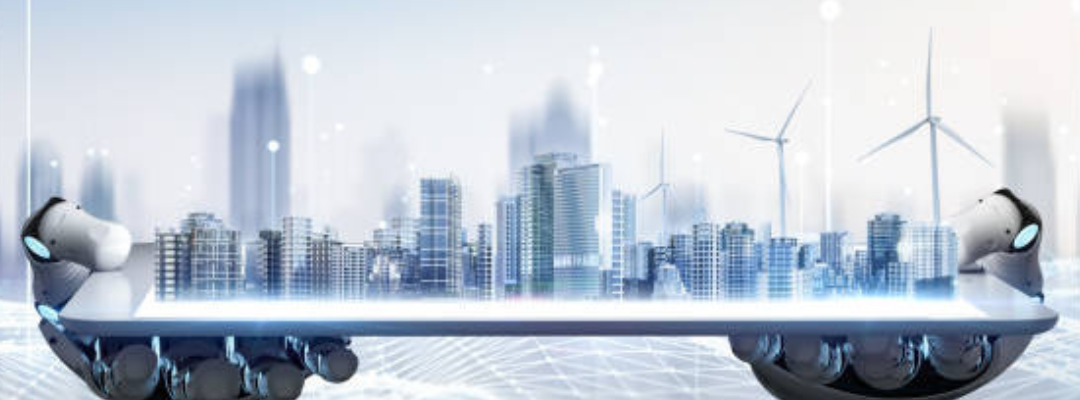Tensile structures have revolutionized architecture with their lightweight, flexible, and aesthetically appealing designs. As the industry continues to evolve, advancements in materials, technology, and design processes are shaping the future of tensile structures, expanding their applications and enhancing their performance.
1. Advanced Materials
- High-Performance Fabrics: Innovations in tensile materials, such as ETFE (Ethylene Tetrafluoroethylene), PTFE (Polytetrafluoroethylene), and PVDF (Polyvinylidene Fluoride), are pushing the boundaries of durability, transparency, and weather resistance.
- Sustainable Materials: Recyclable and biodegradable fabrics are gaining traction, aligning with the global push toward eco-friendly construction.
- Smart Materials: Introduction of fabrics that can adapt to environmental changes, such as self-cleaning surfaces and thermally responsive membranes, enhances both functionality and longevity.
2. Integration of Technology
- Digital Design Tools: Advanced software like parametric modeling and Building Information Modeling (BIM) allows architects to create complex, dynamic tensile structures with precision.
- IoT and Automation: Incorporating sensors and IoT devices into tensile systems enables real-time monitoring of tension, weather conditions, and structural integrity.
- 3D Printing: The use of 3D printing for tensile components, such as custom connectors and frameworks, offers unprecedented design flexibility and reduces construction time.
3. Sustainability and Green Building Practices
- Energy Efficiency: Tensile structures with integrated photovoltaic cells are being used to generate renewable energy while providing shading and shelter.
- Rainwater Harvesting: Tensile roofs designed with water collection systems contribute to sustainable water management.
- Carbon Footprint Reduction: Lightweight and prefabricated components minimize the environmental impact of transportation and construction.
4. Multifunctional Applications
- Hybrid Structures: Combining tensile systems with traditional materials or other innovative solutions, such as green walls and green roofs, enhances their functionality.
- Temporary and Modular Solutions: The adaptability of tensile structures makes them ideal for modular designs, event spaces, and disaster relief shelters.
- Customizable Façades: Tensile membranes are increasingly used as architectural façades, offering energy-efficient shading while adding aesthetic value.
5. Increased Durability and Performance
- Weather Resistance: New coatings and treatments improve resistance to UV rays, moisture, and extreme temperatures, making tensile structures suitable for diverse climates.
- Extended Lifespan: Advances in material engineering are increasing the lifespan of tensile fabrics, reducing the need for frequent replacements.
- Fire Safety: Fire-retardant materials are becoming standard, ensuring compliance with safety regulations in large-scale public applications.
6. Smart and Dynamic Designs
- Kinetic Tensile Structures: Retractable and movable tensile systems offer dynamic solutions for spaces requiring adaptability, such as sports arenas and amphitheaters.
- Interactive Designs: Integrating LED lighting and projection systems transforms tensile structures into interactive spaces for events and advertising.
- Climate Control Features: Systems that regulate heat and airflow enhance comfort in both indoor and outdoor environments.
7. Expanding Market Applications
- Urban Infrastructure: Tensile systems are increasingly used in urban planning, such as shading walkways, bike lanes, and public plazas.
- Healthcare Facilities: Their adaptability and quick installation make tensile structures suitable for temporary hospitals and quarantine centers.
- Luxury and Hospitality: High-end resorts and hotels are adopting tensile structures for pool covers, event spaces, and outdoor dining areas.
8. Global Adoption and Iconic Designs
- Large-Scale Projects: Tensile structures are being used in iconic projects like stadiums, airports, and cultural centers, setting benchmarks for modern architecture.
- Cultural Integration: Local materials and designs inspired by traditional architecture are merging with tensile technologies to create unique, region-specific structures.
9. Challenges Driving Innovation
- Climate Resilience: The need for structures that can withstand natural disasters like hurricanes and earthquakes is fueling the development of more robust tensile systems.
- Cost Efficiency: Efforts to make tensile structures more affordable are driving innovations in material sourcing, manufacturing, and installation techniques.
- Adaptability to Regulations: Tensile systems are being designed to meet increasingly stringent building codes and environmental standards.
10. Future Trends in Tensile Structures
- Smart Cities: Tensile structures will play a key role in the development of smart cities, providing energy-efficient, adaptive, and sustainable solutions for urban spaces.
- Biophilic Design: The integration of tensile structures with natural elements like plants and water features promotes harmony between built environments and nature.
- Global Collaboration: International collaborations between architects, engineers, and material scientists are accelerating innovation and pushing the boundaries of tensile design.

